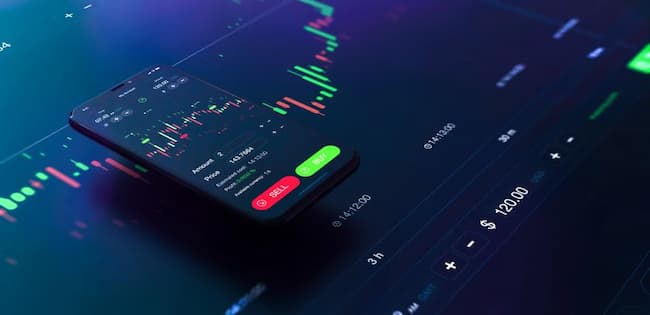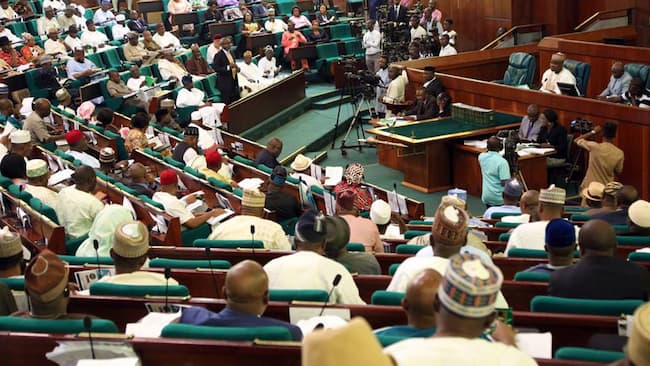Soaring volumes and volatility in industrial metals so far in 2018, largely driven by U.S. sanctions slammed on Russian aluminum producer Rusal, have been a major money-spinner for several brokers and banks after years of tepid market conditions.
The lurching market, however, has also created difficulties for some managing risk, while producers and consumers have struggled to lock in prices through hedging programs.
Ten London Metal Exchange (LME) members who participated in a Reuters poll have seen profits improve during the first five months of this year, with an average rise of 30 percent.
The results varied widely, with one reporting a single digit rise while another surged about 70 percent.
“Business has been very, very good for anybody in our shoes that thrives on volatile markets. Trump talking about sanctions on Rusal was enough to really blow the market into the stratosphere,” said the head of metals at an LME broker, who declined to be named.
“But anybody who’s involved in the risk side of things, the market-making side of things, would have had an incredible scary ride through April.”
Volumes on the LME – the world’s largest market for industrial metals owned by Hong Kong Exchanges and Clearing – jumped 31 percent during the first five months of the year to 80.5 million lots.
April, when the United States imposed tough sanctions on United Company Rusal, was a stand out, with average daily volumes skyrocketing 63 percent.
Benchmark LME aluminum prices shot up 35 percent in 10 days to the highest in nearly seven years after U.S. President Donald Trump unveiled the move against Russian oligarchs.
They then slumped about 20 percent over the next four sessions when Washington relaxed the sanctions.
“I’ve worked in this market for 30-odd years and I’ve never seen volatility like that in any metal market,” the LME broker said.
Huge swings in the aluminum market caught the attention of investors, bringing some out of the woodwork after abandoning commodity markets several years earlier, such as macro-economic hedge funds.
“It’s amazing how many more people are looking at this market. Some of our business is people coming back after having given up in 2015,” the head of another LME broker said.
Brokers’ margins shot up as the volatility created wide spreads between bids and offers.
Some aluminum industrial consumers and producers were confounded by the sharp moves after sanctions were imposed on Rusal, said Oliver Nugent, commodities strategist at ING Bank in Amsterdam.
“It’s been very hard. One strategy we like to offer to the corporates is often around options and collar strategies and that has been a more difficult to pitch as volatility picks up,” he said.
“It was a stressful time in April to have consumers ringing you up and saying do I have to do this now and fortunately they listened and they didn’t lock in at those high levels. Unfortunately I think the producers missed the boat.”
While some funds relished the high volatility, those that use systematic or computer-driven investment strategies were not as happy since they prefer steadily trending markets and they had to recalibrate their algorithms, a broker said.
Business has been more steady in recent weeks, but with Trump still on the warpath with trade disputes, LME members are braced for the prospect of more action.















